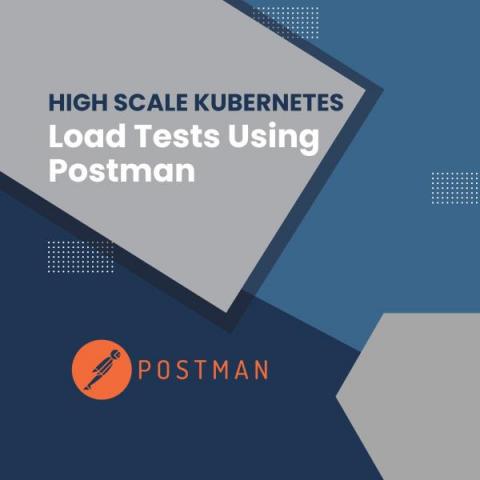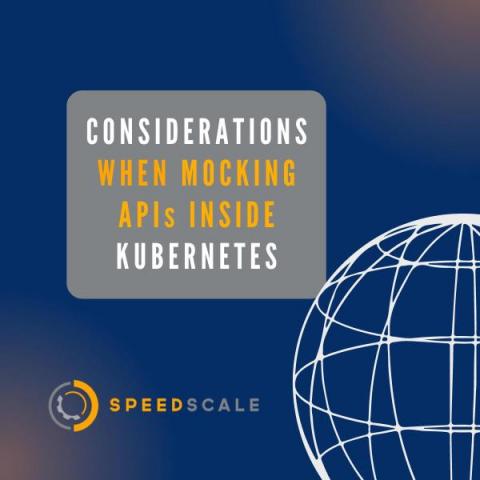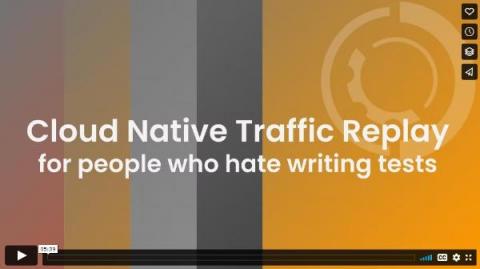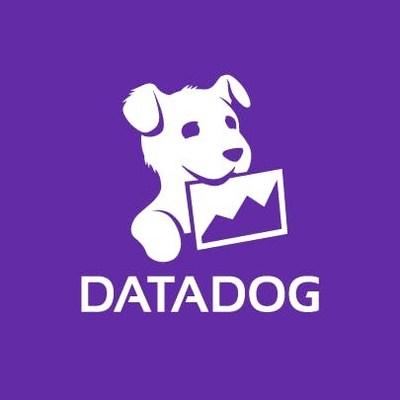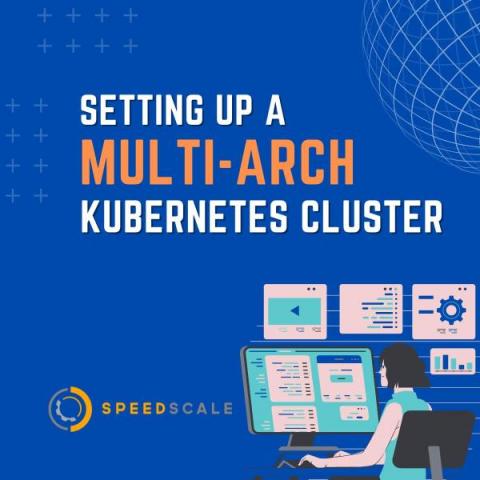Operations | Monitoring | ITSM | DevOps | Cloud
August 2022
In this Postman load testing tutorial, you’ll learn how to run a large scale load test in Kubernetes using your existing Postman collections. Because HTTP services don’t have a graphical user interface, it’s common to build collections of requests using Postman during the development process. These collections are useful for running quick functionality tests as you develop each endpoint.
Considerations When You Mock APIs Inside of Kubernetes
Today it’s not unusual to see organizations having implemented mocking in their daily workflow, as mock APIs allow developers to speed up their development and not rely on external services. For those reasons and others, many engineers are looking to learn more about the mocked APIs and how they can best be implemented into their organization.
Video: Cloud Native Traffic Replay
With the introduction of new application platforms like Kubernetes, oftentimes the DevOps tooling around it needs to evolve. Cloud Native technology is powerful but complex. This 5 minute demo video shows how Speedscale provides production simulation capabilities so you can check for resiliency, quality and scalability in your Kubernetes clusters. You can record data and traffic in production and replay sanitized traffic on the fly against a new cluster.
Sponsored Post
Datadog & Speedscale: Improve Kubernetes App Performance
By combining traffic replay capabilities from Speedscale with observability from Datadog, SRE Teams can deploy with confidence. It makes sense to centralize your monitoring data into as few silos as possible. With this integration, Speedscale will push the results of various traffic replay conditions into Datadog so it can be combined with the other observability data. Being able to preview application performance by simulating production conditions allows better release decisions. Moreover, a baseline to compare production metrics can provide even earlier signals on degradation and scale problems. Speedscale joined the Datadog Marketplace so customers can shift-left the discovery of performance issues.
Setting up a Multi-Architecture Kubernetes Cluster
In the last post we covered the industry shift towards ARM machines for both local and production software engineering. Last time we learned how to create Docker images that would work on multiple architectures for dev machines. Now we want to take this portability and leverage it for cost savings in production. You may be able to transition some of your services into multi-architecture builds.


